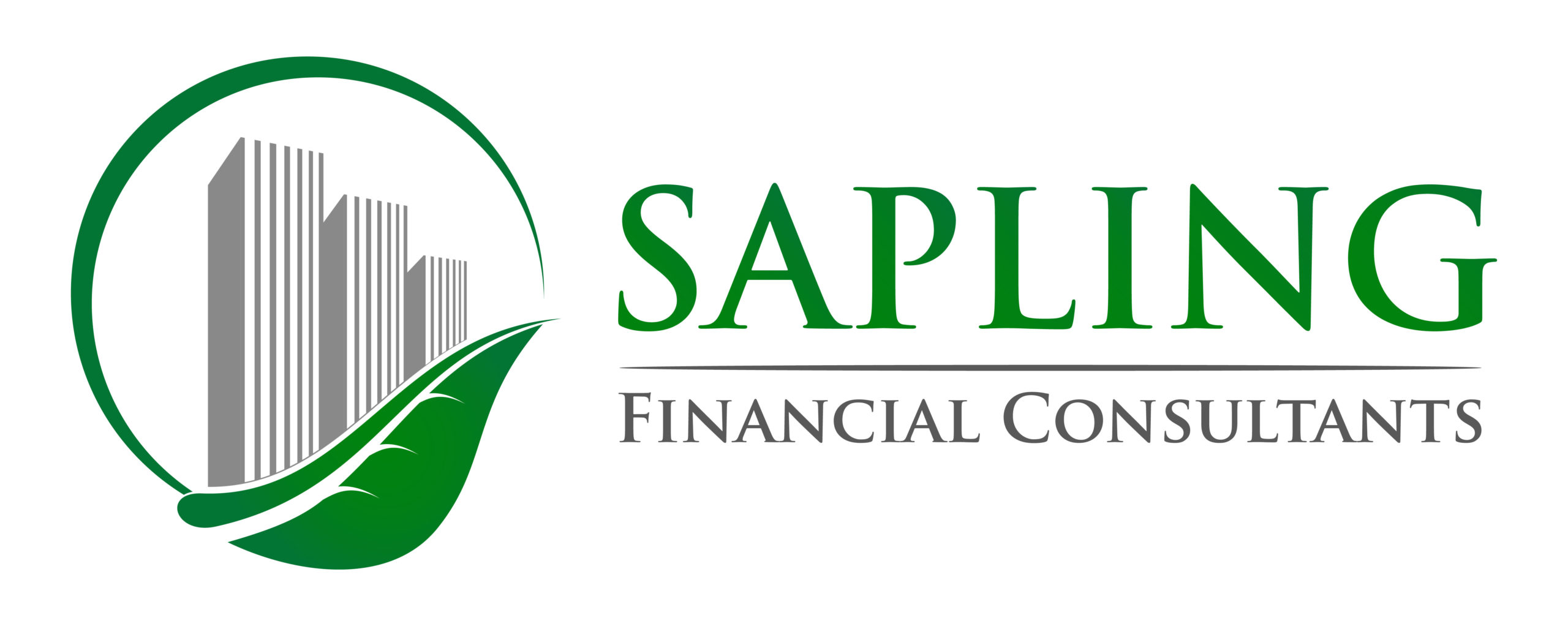
At Sapling, we have seen a lot of financial models, and learned that sometimes growing businesses have assumptions that might push them in the wrong direction. These are the most common pitfalls:
Linear assumptions: My business will grow at 100% rate over the next 5 years
Companies have a tendency to think that they will extrapolate the past into the future. Maybe you doubled sales in the past year. But if you are at $5M/year, you will likely have trouble getting to $10M/year in a single year. It is of course possible, but it is better to err on the side of caution before you start making spending plans that require assumptions that are overly rosy.
What is the typical growth rate of a business in Canada? There are some exceptional companies, such as the Profit 500 companies, which experience exceptional growth. In 2017, Gillam Group, from the construction sector, was ranked #1 on the list, with a 5-year growth rate of 29,256% – representing a 30 times increase in the past 5 years.
Meanwhile, at the bottom of the list is Waterplay Solutions, a manufacturer, growing “only” 75% in the past 5 years. Despite the difference in numbers between these two companies, they are still expanding at a faster pace than the average Canadian business.
According to a 2016 BDC study, only 1.8% of Canadian mid-sized businesses become larger each year. For the highest growth factor numbers, the greatest proportion is found in the field of construction and manufacturing, with averages of 11.7% and 11% growth, respectively – numbers that are still very low in comparison to 29,256% and 75% from the 2017 Profit 500 companies’ list. Hence, as a business starts to get significant market share, it will not grow as rapidly over time and it is important for businesses to be realistic about their year over year growth.
Static assumptions: My revenues will triple, but I will keep the same number of sales people!
With static assumptions, companies expect that all good things will increase (aka sales)—but the bad things will not (aka expenses). It is not realistic to think that when your revenues triple, you can continue with the same cost structure as when you started. Netflix has experienced some of the effects of static assumptions. The company had to suddenly hike its prices because it had been spending a lot of money to offer its subscribers more original content without covering these costs explicitly from additional subscribers. Specifically, Netflix spent around $6 billion on programming in 2016 and it projected $7 billion in such expenses in 2017. The company expected to break-even in 2016 on net income and produce material profit in 2017 through its price hike (memberships went from $9.99 to $10.99, for the two-stream HD tier and from $11.99 to $13.99 for their four-stream plan, per month, in American dollars). As a result, Netflix experienced a churn in its subscriber numbers.
The company hoped to add 2.5 million new subscribers after three months of its price hike in 2016, but in reality, they were only able to get 1.7 million new members, falling victim to static assumptions.
Optimistic Market assumptions: The market for my product will keep growing, even though the economy is going through a recession!
As the business owner, it is normal to be optimistic about your prospects. But do not assume that you will be immune from the market forces that also affect your competitors. Home furnishing stores were heavily affected by the 2008 recession, as prices were rising and affecting homeowners and middle-class consumers. IKEA took this opportunity to thoroughly study the markets, and decided to start allocating their resources more efficiently. They ended up developing a new expansion strategy that included cutting costs while increasing customer loyalty.
During the 2000s, the company had very good growth and was very profitable. However, they had high costs. With the recession, they made structural changes to the company, without layoffs. They aimed to reinvest money through lower prices for their customers, which was the key to keeping the business on an even keel.
More specifically, IKEA separated productive investments from unnecessary expenses, investing 100% of its net savings in building up the essential qualities of its business and lowering the prices of its products. They also did not cut back on their investments in retail stores. The group owns all of its buildings and land, and they customize their stores for efficiency and sales potential. As a result, they eventually achieved a 10% annual top-line growth and stable margins.
Overall, IKEA lowered its operational costs, increased volume, developed a better-functioning supply chain and empowered its workers. The company’s actions established its brand as a go-to brand for homeowners, even in a global economic downturn. They did take a hit in 2009 when their sales only grew by 1.4%, but they landed back on their feet a year later registering a growth of 7.7%. IKEA was realistic about the housing market and was able to find a solution amidst the chaos, unlike other companies in the industry that took a big hit or even went under.
If you are a business owner, it is important for you to take action and evaluate whether you are or not making any of these assumptions. They can hinder your growth and put your future success at risk.
Sources:
Small and medium-sized businesses struggling to grow: BDC study. //www.bdc.ca/en/about/mediaroom/news_releases/pages/small-medium-sized-businesses-struggling-to-grow-bdc-study.aspx
What is the share of high-growth firms? //www.ic.gc.ca/eic/site/061.nsf/eng/h_03018.html#point3-1
Netflix underestimated the effects of its price hike. //www.techradar.com/news/television/netflix-underestimated-the-effects-of-its-price-hike-1325051
Netflix price increase does damage, but media and subscribers blamed.//www.marketwatch.com/story/netflix-price-increases-causing-subscribers-to-sign-off-2016-07-18
Netflix Raises U.S. Subscription Prices for New and Existing Customers.//variety.com/2017/digital/news/netflix-raises-us-streaming-prices-1202581394/
How Ikea Reassembled Its Growth Strategy. //www.strategy-business.com/article/00111?gko=66b6e
